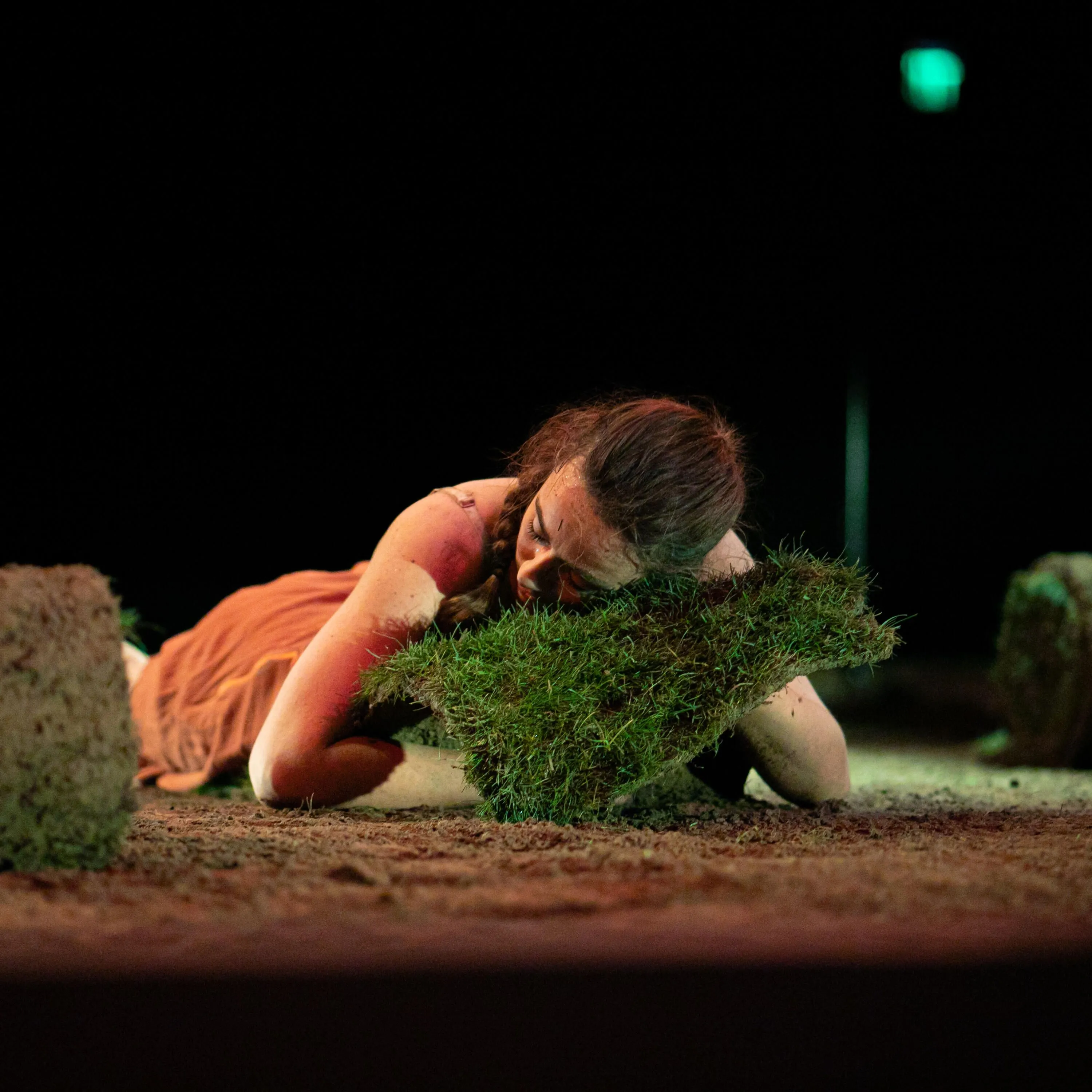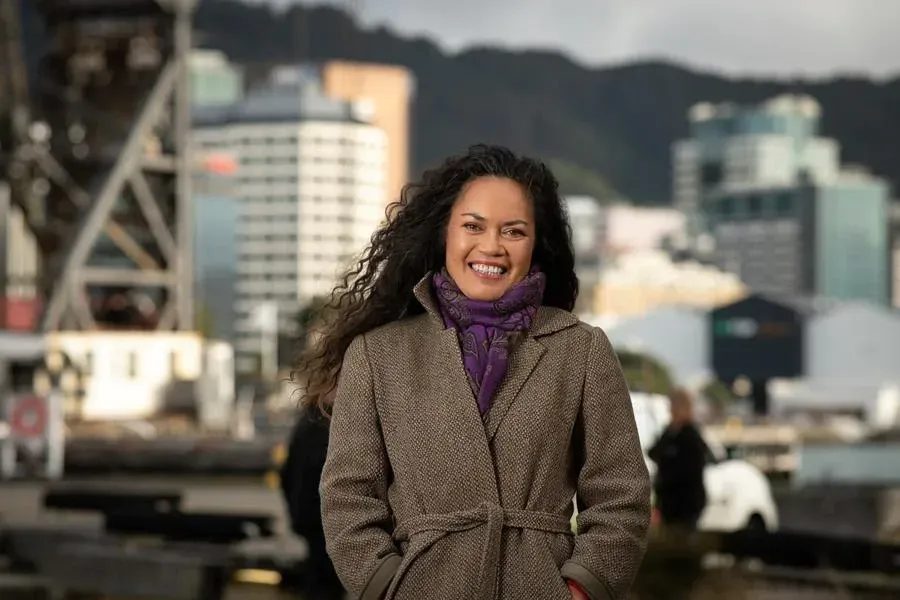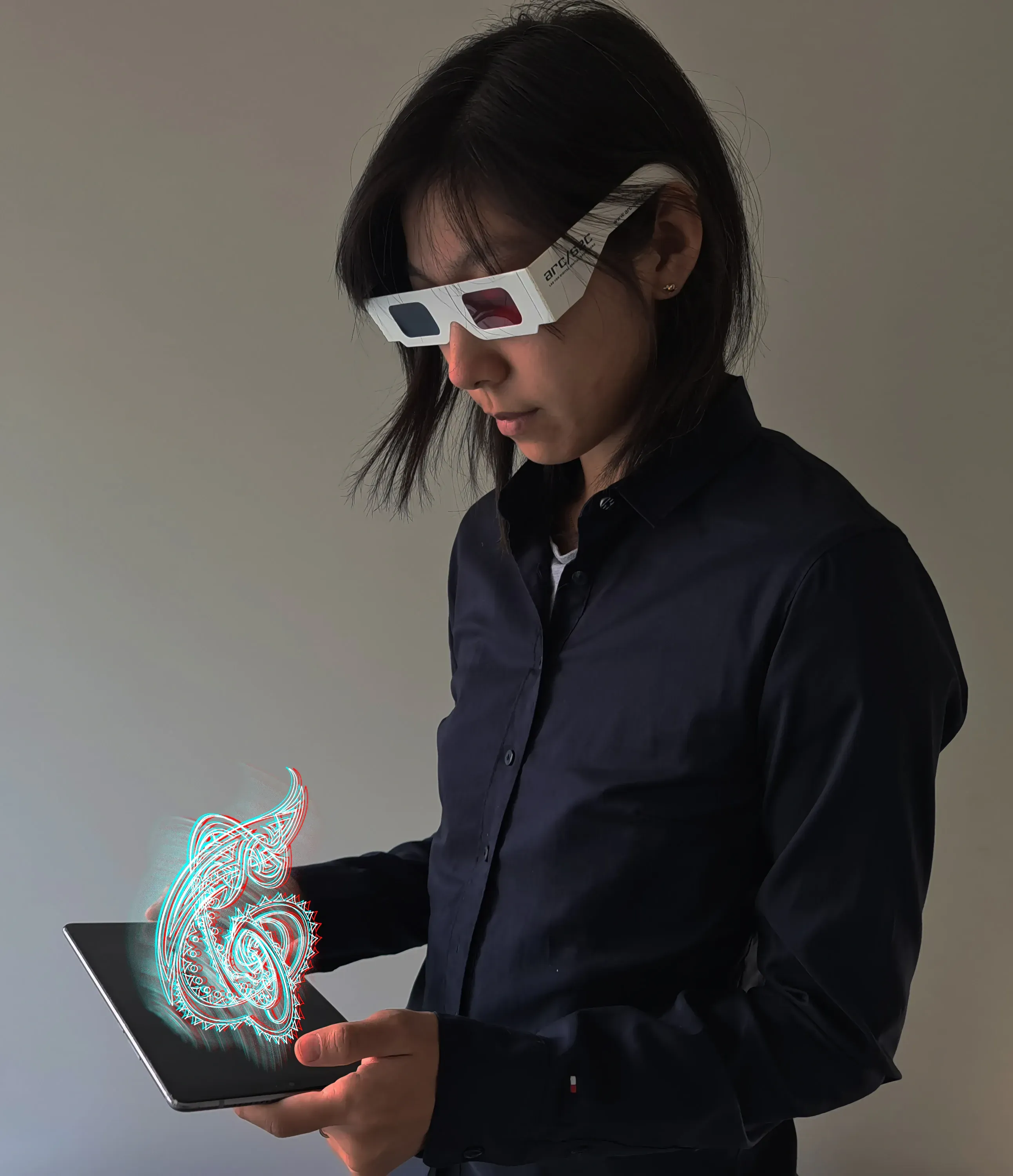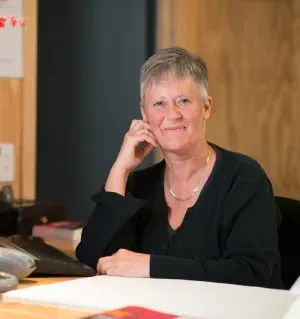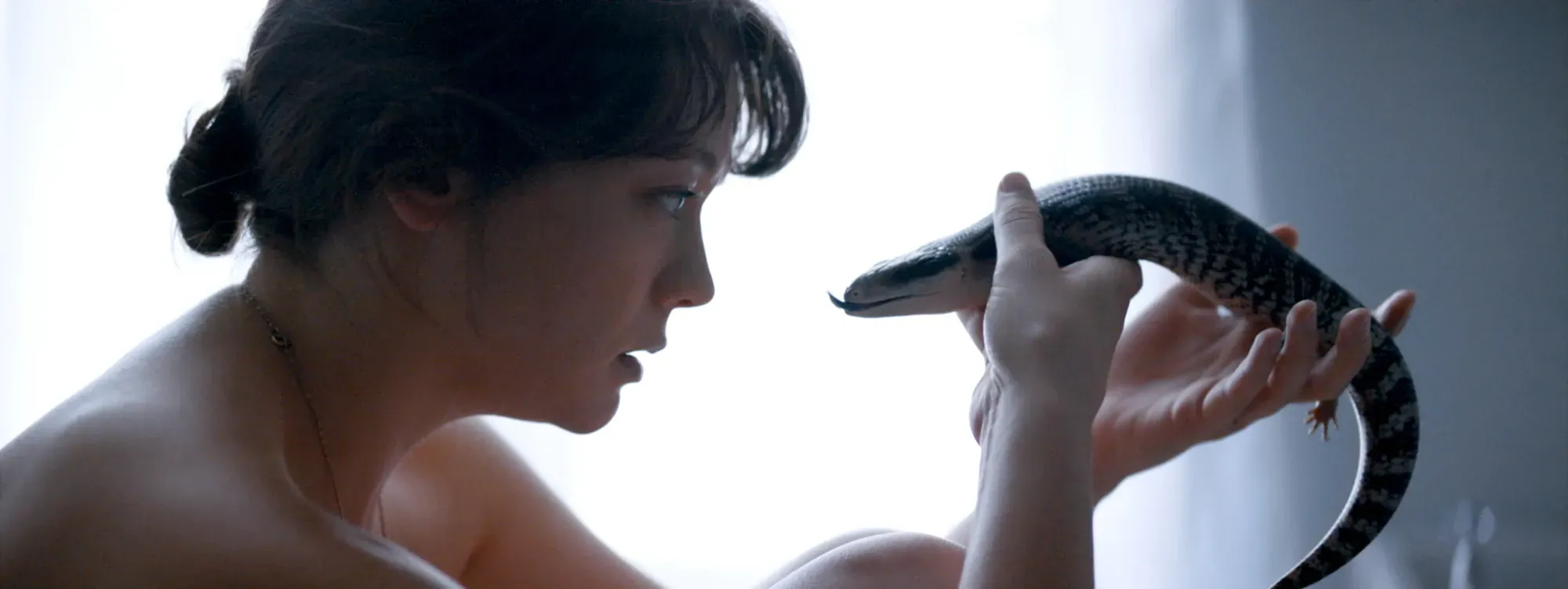Regions Take the Lead
Written by
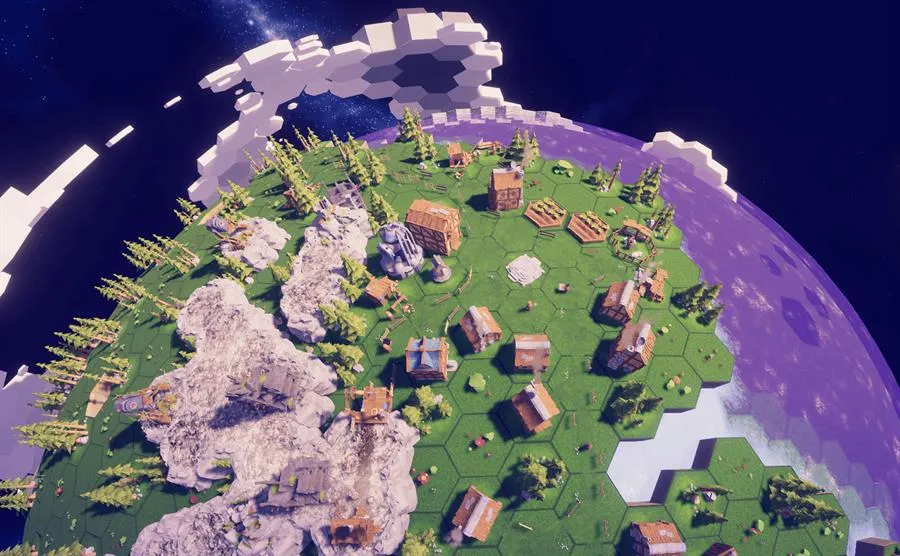
Performance anxiety
The performing arts scene right now is strange and ever-changing; remarkably uncertain but with pockets of equally remarkable game-changing activity. While festivals gear up in small, innovative ways for Spring in the regions, theatres big and small remain closed in Auckland, with upcoming shows pending. There are big restrictions everywhere due to COVID-19 public gathering protocol: up to 100 in public venues, and a maximum of 10 for social gatherings in Auckland. Is the dance floor closed?
It’s keeping theatres and many other venues black. This Stuff story gives a sense of the frustration and uncertainty for Auckland bars that are also performance venues: no word yet as I write whether venue Cassette Nine can afford to reopen. Karangahape Road’s mighty The Others Way Festival, spread across crowded small venues on 11 September remains on for now, but how fast will we move out of Level Two? (get ready however: Matthew McAuley’s guide on The Spinoff makes it all, for an indie music fan like me, look like Kubla Kahn’s pleasure dome). Meanwhile the Classic Comedy Club - by virtue of being able to keep things spaced - goes “next level” this week, with performances six nights a week.
Regional festivals power up
With performance in Auckland uncertain, the lights are on and shining strongly on a bevy of regular arts festivals announced this week in the regions for this Spring.
On Monday, Te Tairāwhiti Festival in Gisborne gave the rest of the country a lesson in how to do an online Facebook launch. It makes you feel like you’re there. Director Tama Waipara turned talk-show host with a range of artists and performers (in person and digitally) before finishing up with a version of his own waiata, “Under a East Coast Zoom”’. This is the festival’s first year under its own independent steam, after an inaugural festival under the umbrella of Te Hā Trust in 2019.
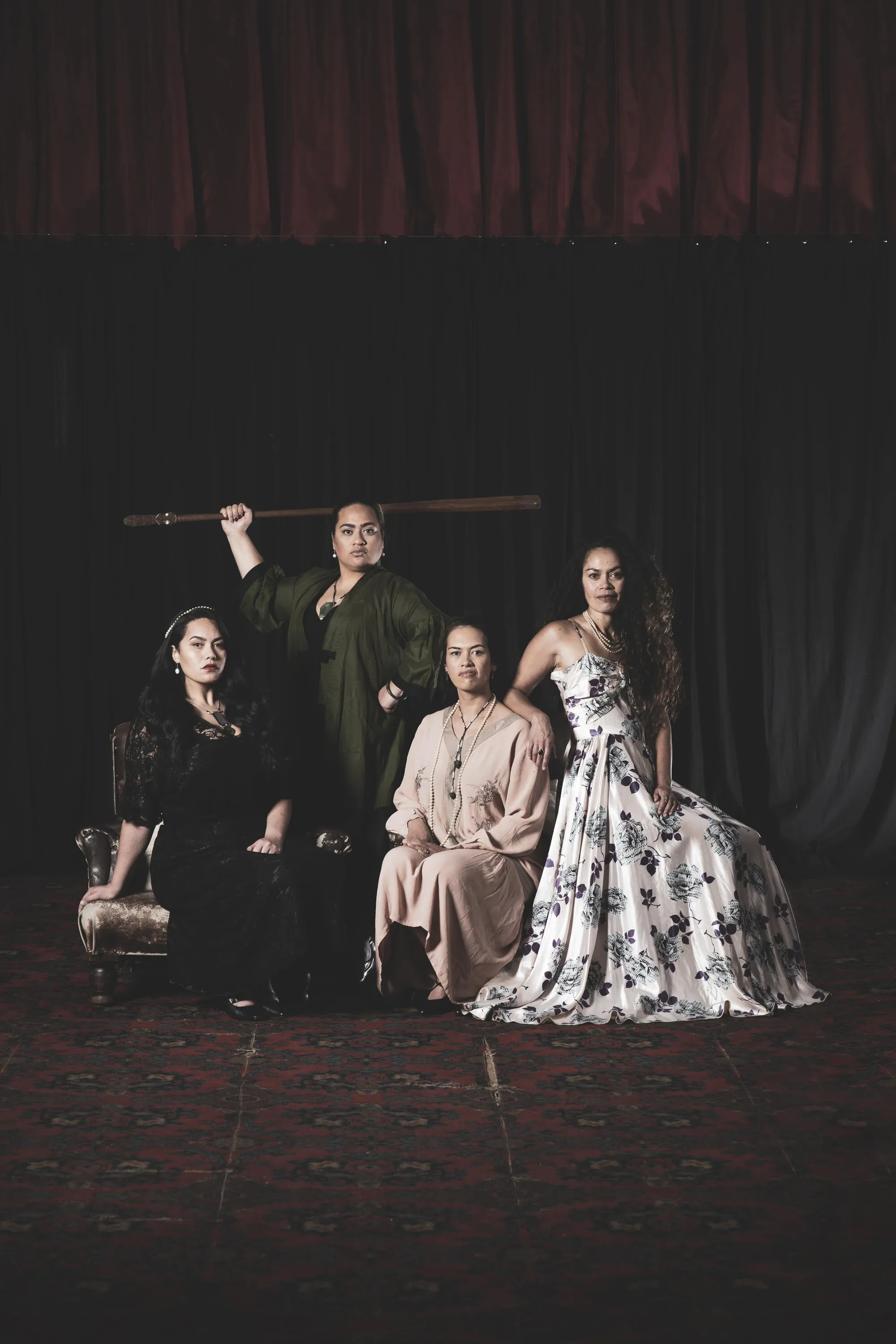
Witi's Wāhine. Photo: Strike Photography.
The festival is placing local community connections at its heart, with artists born in the region returning and a strong mana whenua core. As reported in the Gisborne Herald, last year’s premiere with Hapai Productions of Witi’s Wāhine returns for a regional tour around East Cape to honour writer Nancy Brunning’s wish, before she died, to see it travel to where the characters in the play hail from.
Also released this week is the programme for another rather dynamic regional arts festival, in Hastings. A browse of this programme makes it clear what bigger centres take for granted are missing out on.
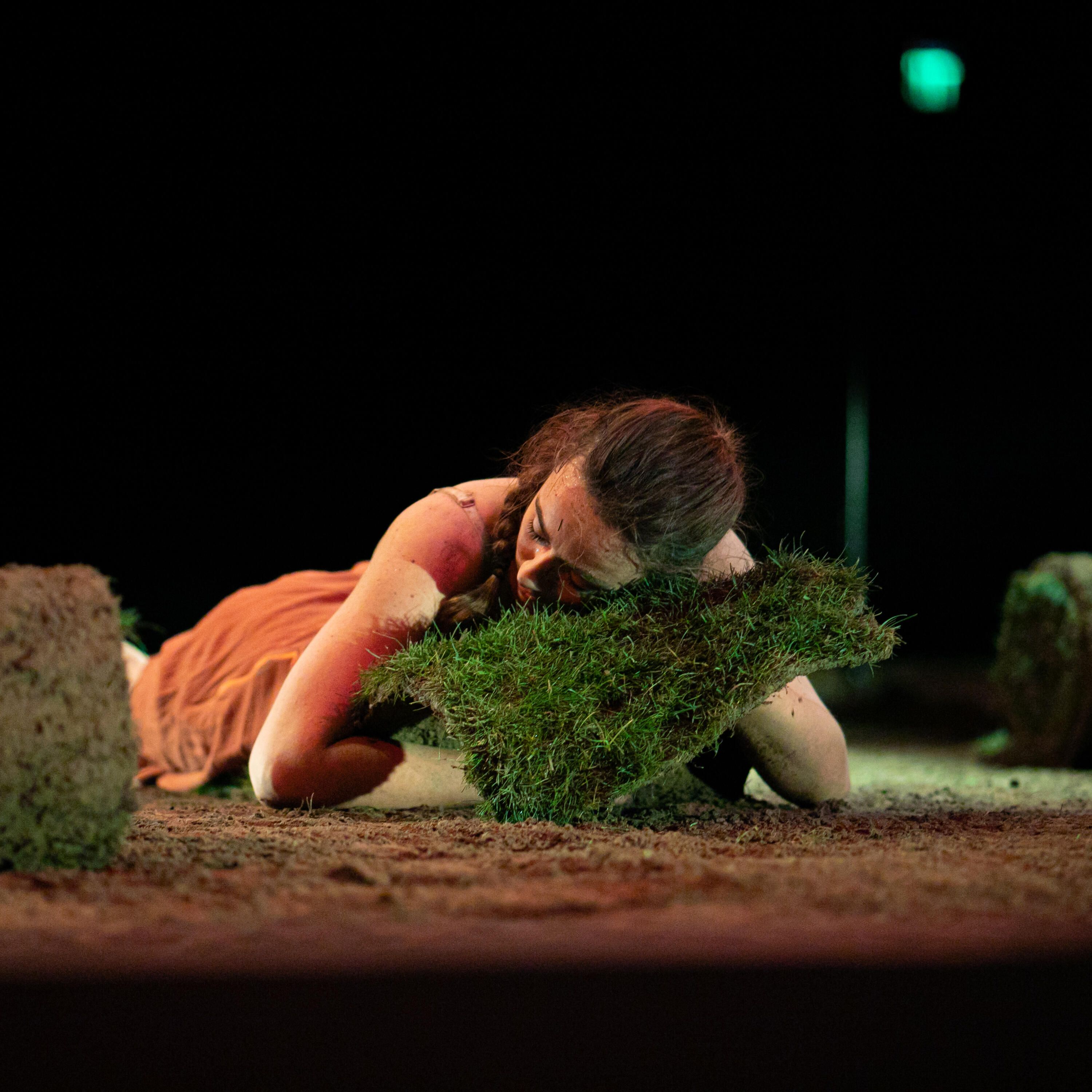
Ecology in Fifths. Photo: Caio Bruno.
Part of the festival is a remarkable production I saw in socially-distanced conditions at Te Whaea Wellington last week, Ecology in Fifths (Deidre Tarrant’s review here). Staged by Performance Arcade’s director/designer Sam Trubridge, dancers perform on and in a boxing ring-style square of real grass. The work is a magnetic, muscular movement performance evoking our primal relationship to our rural landscape in a visceral, poetic manner, inspired by Guthrie Smith's 1921 book Tūtira: The Story of a New Zealand Sheep Station.
As well as Hastings, Trubridge hopes to do a site-specific show in Hawkes Bay at Tūtira itself, as he tells RNZ’s Standing Room Only. Plans to take the work to New York are naturally on hold but there are hopes for an Auckland season.
At the top of the South, the Nelson Arts Festival, Ngā Toi Huarau (a new moniker) has released its October programme this week. As reported in the Nelson Mail, the festival had to cancel its large annual community finale, a masked parade (spot the irony) deemed too-risky an investment of public money.
With the programme launch, the festival writes: “Underpinning all programming decisions is the belief, among board members, staff, contractors and volunteers, in the transformative power of culture; a conviction that sharing theatre, music, comedy, dance, visual arts and literature is the key to rebalancing and revitalising our region’s community.” Ngā Toi Huarau follows the Nelson Fringe, which had to run virtually this year.
Taranaki‘s Arts Festival has had a dramatic COVID-19 inspired branding facelift. It is now called Reset 2020, as explained here. Held in November, the programme is yet to be released.
Screen Treats
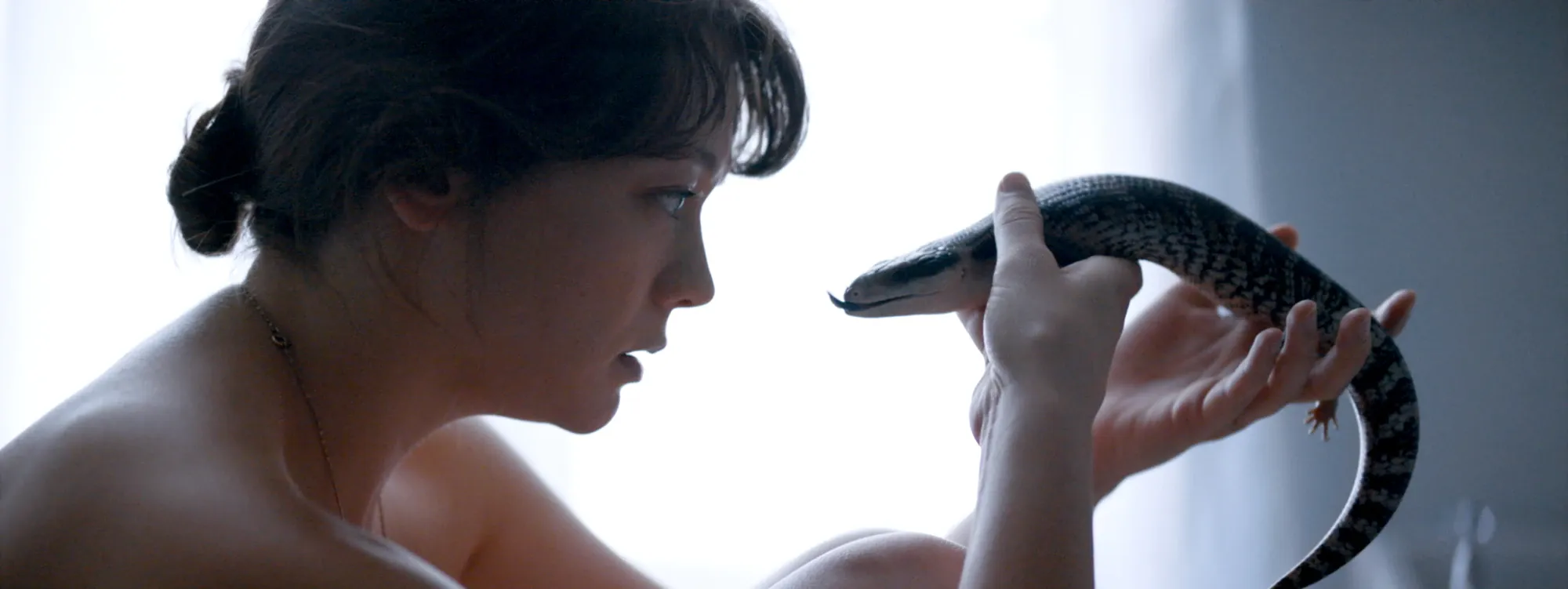
Still from short film Daniel directed by Claire Van Beek.
Short film festival Show Me Shorts launched this week with a hybrid model. Beginning 2 October nationally, it has a stronger focus on cinema screenings than its big sister, Whānau Mārama NZ International Film Festival in July.
There are 30 screening locations spread far and wide around the nation, with only three of the Show Me Shorts eleven collections online. “We are committed to supporting our cinemas, so, wherever possible we prioritise the superior experience of in-cinema screenings and events,” says Show Me Shorts director Gina Dellabarca. Flicks story here.
Featured (and pictured) is Claire Van Beek’s Daniel which won the Emerging Talent Award at Whānau Mārama. Van Beek spoke to Lynn Freeman on RNZ’s ‘Nine to Noon’.
Getting a slice of $10m pie
Show me Shorts and The Others Way are two of 200 on a list benefiting from Tuesday’s government announcement of a $10 million Domestic Events Fund rescue package through the Ministry of Business Innovation and Enterprise (MBIE) to help stop festivals and other events from going under after this year’s lockdown cancellations. From Warbirds over Wanaka and a dental conference to the Autumn Baby Show, the funds were awarded to a spread that puts that large sum a little in perspective: $50,000 each. A lifeline to some, but for others - like cancelled music festival Homegrown who report “a price tag of about $450,000” in this Stuff wrap-up on the announcement - a smaller welcome lift.
Is this another example of the government responding well financially to urgent issues, yet without a developed vision strategy to do more than equitably pepperpot-out evenly significant funds? Looking forward to some more commentary and welcoming your views.
Head Trips and Digital Gardens
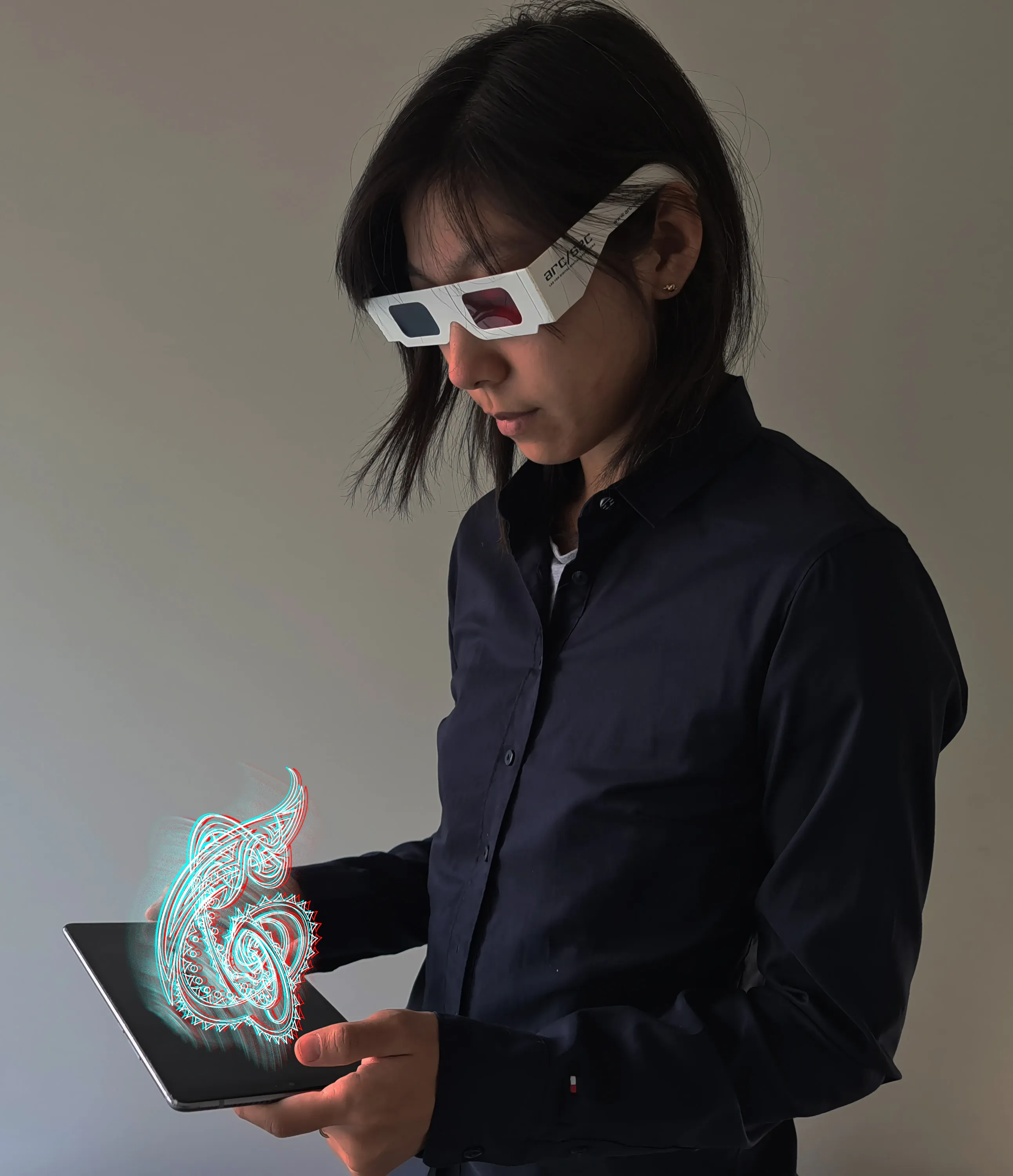
For Ars Electronica Kōrero Paki takes moments from Māori creation tradition and transforms them into 3D holographic sculptures displayed on personal hand-held devices.
It’s not just New Zealand festivals that artists are participating in online. A group of architects, artists and engineers from around the country are about to exhibit at giant annual European arts and technology festival Ars Electronica via a digital exhibition space, coordinated by the Digital Research Hub at the University of Auckland, 9 to 13 September.
Usually, the festival is held just in Linz, Austria but this year has also dispersed digitally to 120 connected 'gardens' online. Visitors to ‘Garden Aotearoa’ will be taken to “cultural sites and through extraordinary landscapes.”
Associate Professor Uwe Reiger tells me “You will become an avatar and you will be able to meet other people from around the world in the same gallery, and if you're close enough to them, you're able to talk to them as well. So it’s a really special experience.”
The exhibition will be accessible through ars.nz. Reiger heads the impressively named arc/sec Laboratory for Cross Reality Architecture and Interactive Systems, based at the University’s School of Architecture and Planning.
Meanwhile, a New Zealand artist often found bringing dance, film and projection mapping together at international festivals is Daniel Belton, from Dunedin’s Good Company. Collaborating with artists from Singapore, China, Australia and Spain, Good Company currently have an ‘immersive dance art film’ and 360 degree virtual reality experience online , Astrolabe - whakaterenga, released to coincide with Matariki. The virtual gallery provides quite the heady trip into space.
Fond farewell to game-changers
It’s a mark of Megan Wraight’s distinctive, innovative style and impact on our culture that this landscape architect and public space creator was made a Laureate by the Arts Foundation of New Zealand in 2013, the first New Zealand landscape architect to be awarded a notable arts prize.
Sadly, as reported by the Dominion Post Wraight passed away this Monday aged 58 after a battle with cancer. Wraight was a pioneer in the creation of dynamic public space: designing spaces that boldly balance the restoration of environment and heritage with the need for people of all ages and backgrounds to explore and creatively play.
These are grounding storytelling environments. Projects like Wellington’s Waitangi Park - with its reveal and natural cleansing of the Waitangi stream - and Auckland’s Silo Park, are our equivalent of New York’s High Line. They demonstrate how design in complex yet playful ways can dramatically transform our relationship with our environment. Simply put, Wraight was one of our finest installation artists.
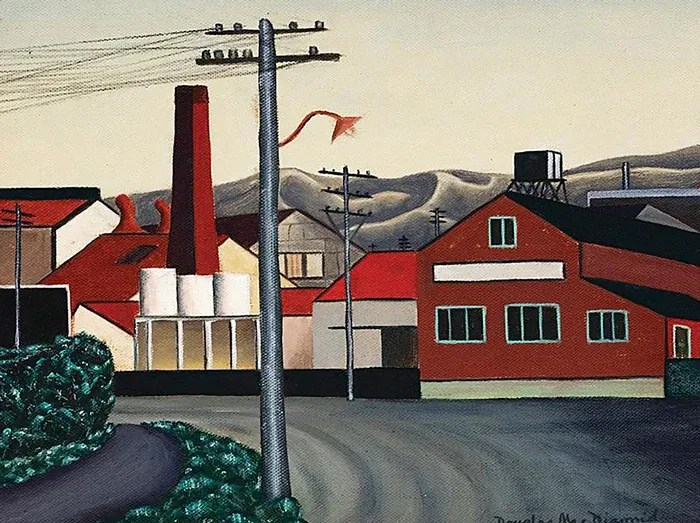
'Christchurch’ 1945, Douglas MacDiarmid.
Also leaving us this past week, at the impressive age of 97, Paris-based New Zealand painter Douglas MacDiarmid. A true outsider to the New Zealand art world after being an early member of Christchurch’s collective The Group (he was apparently the last living member), MacDiarmid settled in Paris in the 1950s to paint.
This Stuff tribute gets it right then to call MacDiarmid one of our longest-established artists, but to call this fine painter one of our “most prestigious” given his relative shortage of recognition in New Zealand, lacks understanding of an artist who felt cold-shouldered here, and never came back.
Indeed, the ‘longest-established’ line proves to have been borrowed from this fascinating 2018 article by Sally Blundell in NZ Listener on the occasion of a biography. MacDiarmid deserves better and one hopes a major solo survey might finally be offered here (the last at Auckland’s Gus Fisher gallery was a smaller affair from the University of Auckland collection).
From trickle to roar: Creatives in Schools
There’s a trickle of regional stories popping up from Creatives in Schools programmes finally rolling out post lockdowns - please, let there be more.
David Hill writes in the North Canterbury News on 18 students at Tuahiwi School getting to learn traditional Māori art skills with harakeke, with Kaiapoi sisters Lisa Harding and Corabelle Summerton. Meanwhile, a “kaleidoscope of butterflies” has been created to “celebrate diversity” at Newtown School with artist Paul Forrest. The video with this Stuff story is rather sweet.
Creative New Zealand has recently published a handy video introduction with Briar Monro around the scheme’s 2021 application deadline (now extended until 20 September). 110 schools projects will be able to be funded In 2021, compared to a meagre 34 this year.
What are returnees bringing home?
This week on The Big Idea there’s an interesting article by Kate Powell on the potential powerful change offered by arts workers who have returned home because of COVID-19.
Another example popped up on Jesse Mulligan’s afternoon show on RNZ National this past week. Set up by a pair of artists returning just before lockdown, Paradise Press is a new digital ‘gallery’ for affordable limited edition prints, aiming to connect New Zealand artists with a new demographic of art buyers.
The founders call it a 'slow art movement' based on the fact that they wait till the end of each month before printing to order - so not to print excess - and work with local suppliers. It’s an interesting new business model: working principally to provide art for younger buyers who can’t afford to buy their own homes but may, as Annabel Hawkins tells Mulligan, still want to “curate their own space”. The artists equally are often not full-time professional artists but “are people who make things for the love.”
Sounds like a sustainable new fringe market, much as the May Art Fair is for emerging artists and spaces - it finishes up this week. Selling prints at $149 a pop, will Paradise undercut the art market, or give a whole range of people a taste to invest more?
Appointments and Recognitions
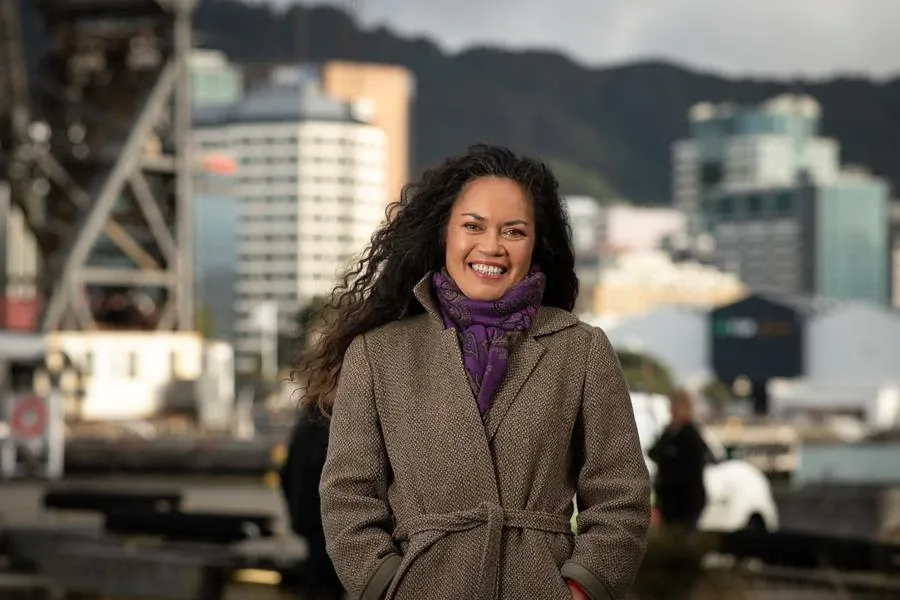
Mere Boynton (above) has been appointed to a welcome new role, Ngā Toi Māori for Tāwhiri which produces New Zealand Festival of the Arts, Wellington Jazz Festival and Lexus Song Quest. In a healthy sign of potential real bicultural change, the position will “work in collaboration” with the Creative Director to develop programmes. Boynton is an excellent choice, with enormous experience and respect across the arts over 30 years, including working in Wellington at Taki Rua, Te Papa and the festival - as well as most recently in Gisborne at Te Tairāwhiti Arts Festival.
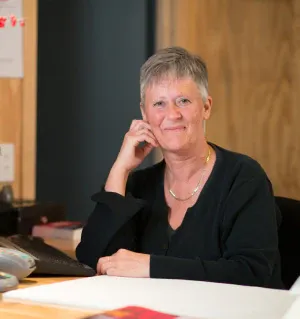
Avril Lockhead.
Speaking of outstanding contributions, 33 years of dedication to Christchurch’s largest theatre company has been recognised. Staff member Avril Lockhead has been made an Associate of The Court Theatre, joining 14 others recognised for their passion and toil. It’s welcome to see an arts organisation take the time to find a way to further value those who don’t seek the limelight but keep the engines running. Though quite how to define an Associate remains elusive...
Palmerston North’s architectural taonga the Regent on Broadway has a new Manager, Kathiy Watson who replaces the long-serving Charles Forbes. Watson was previously theatre manager of The Hannah Playhouse in Wellington.
The Hannah Playhouse meanwhile (one of our most iconic performance venues) rather sadly has remained closed during 2020 while their trust “looks to secure a new tenant.” Experience Wellington (previously The Wellington Museums Trust), with council, had a lease until 30 June.
Gamers, Ceramicists and Novelists
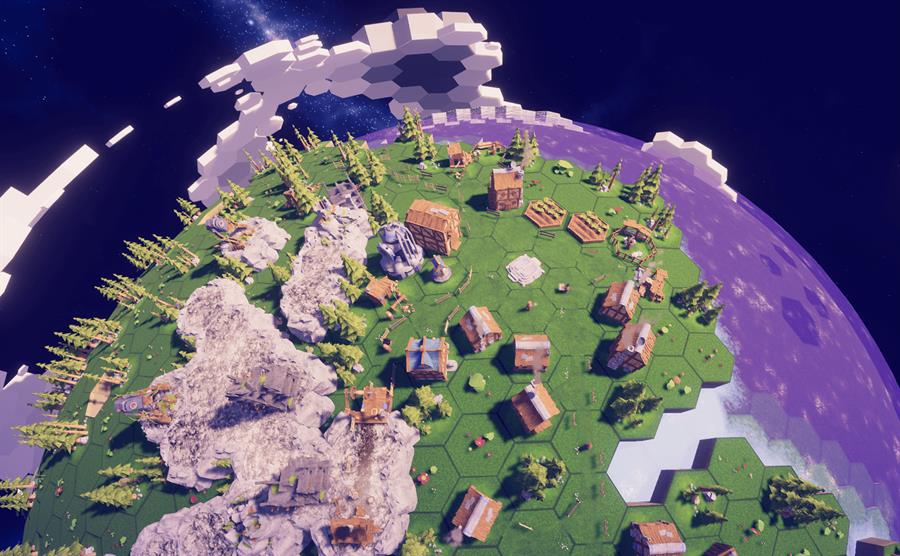
Before we Leave, by Balancing Monkey Games.
Gaming is a fast-growing creative industry in New Zealand, so count it as a media fail that the New Zealand Games Festival and its associated awards, affectionately known as The Pavs get zero coverage here.
We have to rely instead on an article from Melbourne games writer Gini Maxwell on our Australian friends’ site Artshub for a great rundown of this year’s winners, complete with trailers to get a taste of the state of play.
While this year’s festival was postponed due to COVID, The Pavs went online, hosted by Josh Kamau of Wellington game development studio PikPok. Categories included excellence in narrative, visual art, audio and design. The awards also aren’t restricted to the digital with a physical game category covering board games, tabletop games and those increasingly popular escape rooms. Such developments deserve more coverage.
Ceramics fans may recall that last year we lost one of the field’s most avid supporters and collectors Simon Manchester, who gifted his collection to the remarkable Quartz Museum of Ceramics in Whanganui. An exhibition of work from the Manchester collection revealing its depth is currently on at Quartz, focussing on the work of renowned potter James Grieg, who also died far too young. Here’s a short Whanganui Chronicle story.
And finally, I loved this interview by Hannah Newport-Watson on Pantograph Punch with novelists Pip Adam and Brannavan Gnanalingam about “writing about trauma and how the narratives we tell ourselves compare to reality.”
